The Abdication of the 1st Dierne 2018
Princess Irene will always be my Dierne. Ey wouldn’t be any good at it, in my heartcanon is why ey abdicated, but I’ve had several more run-ins with dieric spirits in my mystical quests and have come into a much more harmonious (if not more understanding) place among them. This would be in contrast with the outright antagonism that I found with Pallis before, but if I have the stamina and clarity and opportunity then I will probably cover that over Hell Month 2018.
I conceived the Abdication of the First Dierne being a meditation on where our personal agency is, what personal responsibilities calls us to do or not do, to examine our privileges and think of ways to trade on them that uplift those without those same privileges. When I tried to write about that, though, I began thinking more about the character of the Clarene’s first love. In my heartcanon, Irene was cursed: to always magically know the correct conduct in society, or to another person…but, compelled to obediently follow that uncanny knowledge. The Clarene, back then was a young Princess Claire, broke that curse merely by existing as eirself in the same room. Clair expected every individual to know their own personal sovereignty that can never be eroded, stolen, or surrendered no matter the circumstances. There may be good cause to disagree with this even vehemently, and when the mere idea makes impact then it doesn’t do everyone nearly as much good as it did Irene and could even harm them by merely existing…but with Irene, it was a curse-breaker.
King Clarene did not like the present Dierne, and my understanding of that internal conflict remains a mystery to me: why, in this Faery realm of freedom to love and truth, would there be such a misalignment between who the High King wants under the crown of the Dierne and who actually occupies that position? If the Clarene carries such an intense and vehement hatred for Pallis, then I would think that it must be a significant signal from the deepest instinct: Pallis is bad for the World and a dangerous presence. If it’s unimportant, like blaming Pallis as an individual for the oppressive conduct of the celestial fairies as a race, or knowing that Irene’s decision to abdicate and crown Pallis is not Pallis’ fault but still feeling bad whenever the world which One’s Royal Personage Has Created doesn’t conform to one’s aspirations at every detail exactly…get over it? Well, I suppose the duties of the domain do not permit internal resolution that aligns the authentic with the responsible, and how terrible I think it is to live like that. At the moment, it comes off as better in my mind to be both inauthentic and irresponsible (because at least there is some unification in that), than doomed and committed to ride two horses on a single buttock. Is the Clarene’s protectiveness of the Streetwalker Pallis a hypocrisy? How else can that be, with such a poisonous hostility for the star spirit oozing through at the best of times? Maybe there’s a story I’m missing, the Clarene’s process of earning the right to be protective by shedding hatred. Otherwise, the two-facedness is unbecoming to me of a monarch.
But if I think of it as less a Clarene/Pallis conflict and more as Princess Irene’s decision, that the King disagrees with but must respect, then it’s still a schism that makes emotional collateral damage of Pallis—but one closer to my understanding and acceptance of necessary compromises, than a deeply systemic dysfunction that means the Kingdom is fated to collapse into itself.
I’m bad at explaining. Have some songs that remind me of Irene, who survives abdication and more. Epilepsy warning for the first video, the viewing permissions of which I hope is not locality-locked.
“Runaway (The Corrs) / Iris (The Goo Goo Dolls)” song covers by Aiza Seguerra.
“Nobody Makes Sense” by PinocchioP (subtitle captions on highly recommended for monolingual Anglophones.)
“Time Heals” by Arbors Lane
“Chandelier” by Sia
Belated Awakening of the Bunny Flowers
The Awakening of the Flower Maidens and Rabbit Troupe was March 31.
On the 23rd of March, I suggested that we start holding art contests for Otherfaith occasions, although what I’d had in mind was more of where the “win” is having created something and then gotten to see the gallery of whatever everyone else had done, too. I also proposed announcing it eight days before the designated occasion.
I got around to finishing this one today, the 23rd of April.
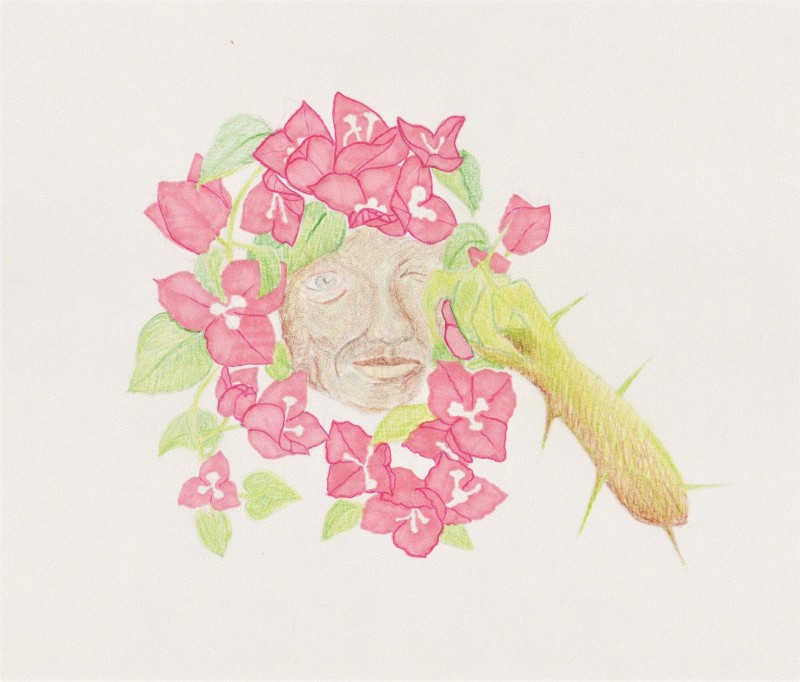
I’d wanted to make a series of non-temperate Flower Fairies, which I still might do. My idea was that drawing flowers that were literally closer to home would be an exercise in learning what associated symbols my own lived experience gives me, and especially exploring if they relate to Western Faery and how, if so.
While the final image wasn’t exactly the fountain of colors that I’d hoped to be up for, it was soothing to take long walks in my neighborhood and find that so many of my neighbors grew bougainvillea in magenta, or rose-orange, or butter yellow, or Ophelenic gray purple, or pearly white. I didn’t find any blue ones, but I thought I’d dreamed up the purple ones.
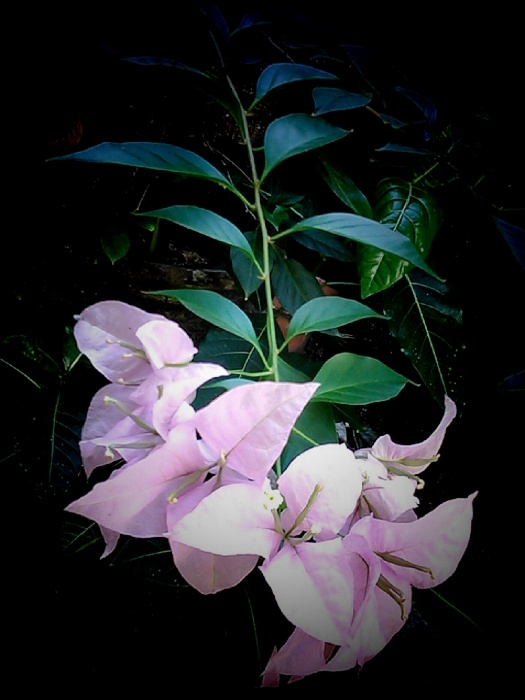
I did form my own associations with them, and look forward to making an excuse to do a similarly studious/creative contemplation again.
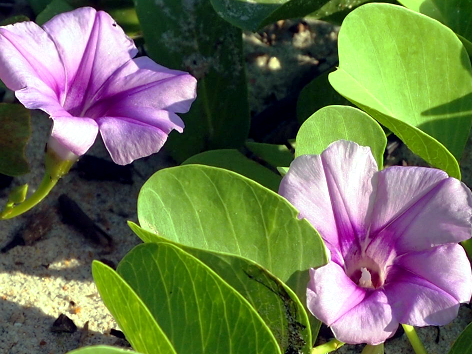
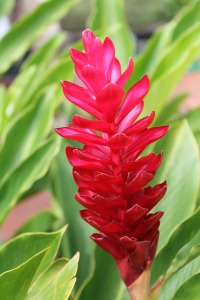
Image credit: mauriceangres from https://pixabay.com
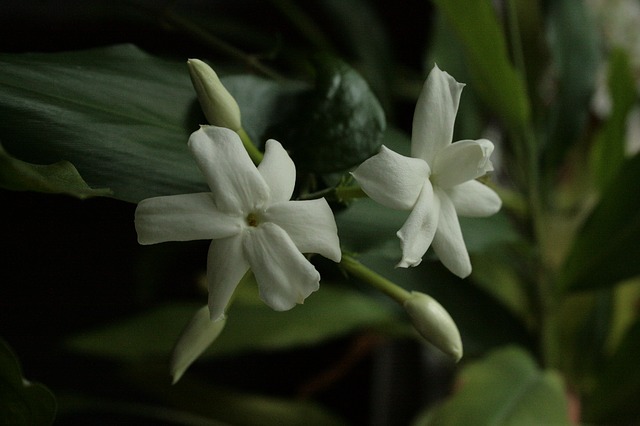
Image credit: anandasandra at https://pixabay.com
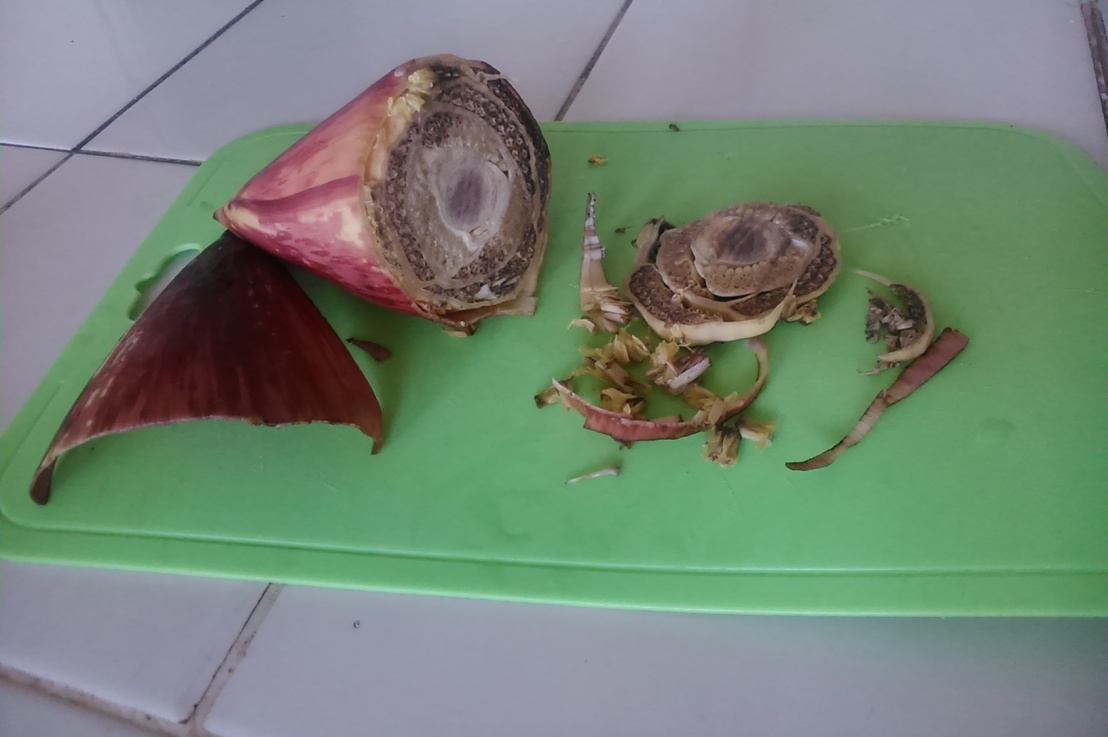
*
It also having been the awakening of the Rabbit Troupe, I wondered if similar meditative studies could be done for drawing local animals as fairies.
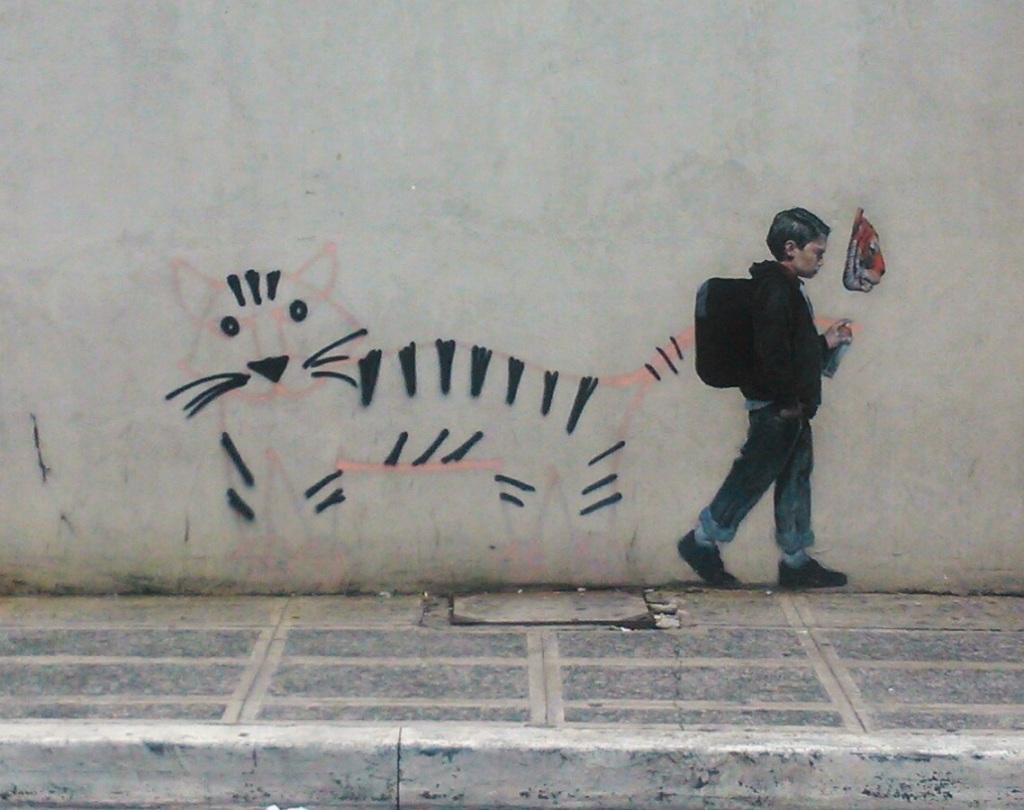
I used to define Fables in the Otherfaith as any seemingly animate thing that did not communicate by a spoken or signed language (as a mystic can parse.) Some animate clothing that mystics have discovered (such as Orreine the wedding dress) or named etheric weapons.
Lately, I’ve found it easier to embrace the fact that every mystical experience I have will be shaped by my own frame of reference and life experience…so, Fables in my mind are back to meaning “animal symbolic associations or zoomorphic personifications, as opposed to anthropomorphic personifications.”
The wolf has personal significance to me, despite my never having ever met one and even being embarrassed about it because every other newbie NeoWiccish pagan who works with (what I now call) Fables associates with the wolf. That was not to disparage newbie NeoWiccish pagans, as that is how I started out and I can still look back fondly at the time that I accidentally dedicated myself to a Mesopotamian god of ears. Recently I have been working with an animal from my dreams that was halfway between a bear and a bull until it settled on “brindled gnu” or blue wildebeest, which I have also only seen in nature documentaries.
Mainly, though, I’ve realized that I have a very strong relationship with being human. I prefer another classification of it. Sir Terry Pratchett mayherestinpeace published as an alternative to the mis-categorized Homo sapiens. Humans are genus Pan as we fit better the classification of gracile apes, and characterized by narrans or our custom of generating stories. (That is, according to an objective and unbiased professional storyteller, anyway.)
For the benefit of somebody like me, whose only frame of reference for personhood is humanity, with a documented tendency to psychologically project pain onto plants and shyness onto reptiles and such, many of the gods and spirits will appear anthropic. In and of and by themselves, they probably aren’t (or tend not to have such a strong relationship to human forms as I do as a human, which I believe to be typical of fairies.)
Apart from the Fables of Western Faery themselves, (e.g., Glyphons, faery foxhounds, and possibly Tesseract Angels but then the lineages get confusing and they’re not recommended questing to find anyway…) I’ve categorized three ways that the Fae I work with defy the anthropocentric chauvinism.
1.) Don’t pick up the phone, you know he’s only calling ’cause he’s drunk and alone.
I was up until 4AM earlier watching Postmodern Jukebox covers.
1.) Fusion Fables: That’s Alynah with the rabbit ears and unicorn horn and ungulate legs, as well as a number of Sentry who present as quadrupeds from the hips down and anthropic from the hips up.
2.) Shapechange Fables: That’s Princess Irene who was written to transform from presumed-to-be-default-anthropic to fully avian, although the body of work never mentions that Irene isn’t a capybara the whole rest of the time so…that avenue for interpretation of the text is certainly open.
My headcanon of Lilybell Vega’s fangs are an interesting case to me, as they are written to appear to manifest when this spirit is distressed (so there would be a shapechange from serene or happy, fangless Lilybell) but does not appear to affect change to the whole body. Although, technically, distress very well can do that, affect change over the whole body, distress is not classified as an animal.
1.) Fission Fables: The closest that I could find of this in the existing body of Otherfaith lore is the Darren and Little Sun. The dynamic is the same, what with one being an aspect of another—except that in my corporeal world, the sun is not classified as an animal.
In some headcanon that I have been forming, the Dark Laethas have a separate cultus than the Bright Laethas or Laethas in general. One tendency that sets those members apart is that each inveterate votary tends to have aspected: that is, have two selves. With the very few of those Dark Laetha votaries I have met, one self takes anthropic form whereas the other takes an avian form.
It could be argued then that the Laetha Firebird is a reverse-fission Fable, rather than “hyperfusion”—but, I do not volunteer these categories prescriptively, so if it’s queerly something sorta kinda like it maybe but not…That’s fine, don’t use these terms. Categorizations only help when they help. The curiosities of corporeal-world scientific classifications (such as egg-laying mammals, insectivore plants, sex-changing species of fish or molluscs, or sea snails that can photosynthesize) are, I expect, more the norm in this otherworld that operates on fundamentally different, wild and queer mechanisms.
Commemoration of Conflict
The Death(s) of William is marked on the calendar as unobserved, but you can’t tell me what not to do, Aine! You’re not my dad, Aine! I am going to observe this day so hard.
It’s not doing anything.
Around mid-April last year I renounced the Four+ for the Verzsou, whose s and z I can never keep in order—but, in mystic news, the Dierne Pallis seemed to guide my study of the metaphysical dynamic that I call Evil; the Clarene wouldn’t leave, and recently the Ophelia has taken to interrupting guided and unguided meditations with the insistent message that “It’s time to come home.”
I flunked initiation into Delicacy, probably on purpose. Though, I may have picked up on a clue or two as to why the Dierne Pallis’ presence has been so hostile to me since one dream that I had in the late winter of 2015. Was it because my first post to the primary social circle of the Otherfaith basically went, “Oh but hey Misia who caused the Sundering is actually a sympathetically written character even though the meta was rather strict about that not being the case”? Was it because I had sent out prayers to the Clarene and the Dierne to help me out of unemployment, but had ended up gravitating more towards the Clarene? Was it because of the content of the dream itself?
Nope—or, well maybe, but—my heartcanon Pallis finally coughed up that it’s past life stuff, that I don’t even remember but Pallis does and would apparently take it out on me that ey still feels ill will about whatever happened there or whatever I did.
Message from Pallis to another mystic in the ‘faith, who I had nagged for a reading or chanelled message or something to get a fresh take on what’s going on: “It’s none of your business”—As in none of this other mystic’s business. (Whew! If Pallis can afford for nobody else to know, then it can’t be that bad. In any case, I’m certainly not gonna be arsed to wrack my brain of this life for some past life I might have shared altercationably with some rude, petty faery monarch.)
*
Speaking of altercations and conflicts, the other Other People started off this year by raking through the details every noteworthy altercation and conflict in the eight-year history of this faith. We now have better-refined structures and disciplinary protcols based on the examination of those cases; I conjecture that all that’s left to do now is some sort of consolidated text of that to which Other People may reference when it comes to moral philosophy and conduct (as well as avenues to reinforce that protocol).
*
In that line, I had hoped to get my thoughts together about rediscovering and refining a sort of creed that actually does help to navigate the challenges of coexistence—my rights end where yours begin, rights are always negative, evil begins when you think of people as things; and conversely how mutually-respected boundaries are impossible without equal empowerment, that negligence and apathy and silence and even shunning are all within one’s rights to do if we define rights as negative and therefore there may be something wrong there; and what then are we ever to do with anything (or anyone) within our scope of responsibility who meets this definition of evil?—with the myth of William the Human as a springboard for that. This entry isn’t at all what I had hoped.
I might be the only one observing Will’s Deaths Day this year because of the personal significance the story and the spirit has for me. I began researching the Otherfaith around a time of my life that, far more broadly, I was trying to figure out what the everloving what had just happened. My sibling who was practically my guardian had developed a substance abuse addiction, became physically violent, and I had run away from home. There was a bit more to it than that (our sexually and physically abusive parent had passed away and we’d only had the one; I’d lost years of my life to living as—the best word for it remains—hikikomori; with that and my eating disorder and anxiety I was obviously crazy; my sibling tended to advertise my ineptitude such that hardly anyone would believe it was best for me to end a relationship and leave a housing situation where I wasn’t physically safe; sibling tended to cycle between cultivating dependency in me and isolation from anyone who would hear me out, verbal abuse and manufacturing conflict, habitual lying and gaslighting to preserve the image of an essentially loving partnership that had its challenges but that was really a torture chamber of my sibling’s own design)—and, I had been in a lot of pain and…something like confusion, but worse. This would all develop into a despairingly persistent, intense and consuming anger, and everything I would hear to the sentiment even that my sibling was “still a person with a valid perspective that should also be considered if you want to keep the last of your family together instead of selfishly giving up” would come off to me as nothing but the most abhorrent platitude.
At the same time, I did have this idea of how to be a good person despite bad circumstances or emotional distress, and I hadn’t lived up to that and would never be able to undo my not living up to that. (If you’re suspicious about how vague I’m being as to points in my disfavor as opposed to the above ostensibly extenuating circumstances…Good.) My perception was that it was not merely a line crossed, it’s an event horizon over which nobody should bother trying to come back; and if I’m Doomed to always be The Problem after all, then may as well act like it. There’s nothing else to life—
The Clarene says otherwise, to Aletheia 003. In my nascent headcanon this isn’t out of the Clarene’s empathy for the Aletheia’s abuser, it isn’t justice or restoration or forgiveness from any direction—not by itself. It’s life, what life can be beyond existence or blaming the fates and blaming people and feeling helpless and hopeless to do anything but live in continual destruction; it’s agency, sovereignty, creativity that the Clarene imparts with a word.
It remains a challenge to keep that message if not the voice in mind—I’ve even had numinous experiences of getting sat on by the High King of Western Faery to stop me from doing something less than constructive (which I do later anyway because you’re not my dad, Clarene! You can’t tell me what not to do.)
In subtler ways I would say it’s been immensely helpful.
*
When I have written about what remains of Misia, I have written of flares of frustration and fury that overwhelm those it possesses, only because that is when I have behaved at my worst; or perverse delight at someone else’s misfortune, because that was something I had often witnessed in my sibling at the best of times and it’s taken me too long after to figure out why somebody else suffering would ever be considered good for us. (It…really wasn’t, ever, anything to do with us. But, in some areas that pinned abuse down to a science, there’s a pattern of thought where that seems to become the case and it helps me to now know of it.)
Other mystic experiences of the nature of Misia has been different that I have read: a sense of emptiness, that generates a desperate demand that can never be satisfied, for something Misia can maybe name but would not be able to recognize for all the self-deception. To that, I can’t relate. (Hopelessness was a significant factor when I was at my worst, though I suspect that’s not the same as emptiness.)
To some extent, these aren’t characters to relate to. Misia and William are cautionary tales, of what it takes to be othered by the already-othered: they are the markers before which tolerance becomes a paradox.
But it stands to reason to me that they could caution nothing unless there were an existing risk of anybody else—even people we like, or people we need as much as opposite-need, or ourselves—following them. We can all follow them from any standpoint. Nowhere is safe, I have come to realize, least of all where someone can preen about being so.
Misia’s motives may be sympathetic, but eir methods unacceptable (unless a folklorist takes the position that Arabella or the Clarene had it coming and aren’t worthwhile perspectives to consider, and Western Faery was better under Misia’s reign. What to do or not do with that is for another entry.) William…is not a mythological figure who has gotten much say. My interactions with William by a mystic approach do influence my headcanon to that, in contrast to Misia’s emotionality, William and myself share for one a cold tendency to reduce a humane understanding to mere knowledge—which is why my headcanon William takes a steampunk scientist form—and that can lead to intolerable suffering.
Maybe it doesn’t matter where evil comes from, as long as it doesn’t go anywhere. It would still strike me as missing something to declare that the real manifestation of evil is…extroversion. I wanted to mention Power Distance somewhere but couldn’t think of a sentence or paragraph for it so this links to Wikipedia again.
When I set out to research Evil, because that’s the name I put to what I sensed a presence of, I expected an encounter with spiritual forces—being so confident in my friendship with my Shadow, that it couldn’t simply be that I see outside of myself by transference what I reject within myself. I was ready for an advanced mystic cosmic level, even a dangerously overwhelming one (or thought I was.)
I attribute to the Dierne Pallis’ more serendipitous guidance more incisive (though mundane and really ordinary) findings, but the general sentiment still seemed to be: You can only recognize what is already within you. These are deeper Shadows. Work on yourself.
(But then there’s the Bluebeard-like stain on my fingers from a sheet in an otherworldly room that I suspect to be Arabella’s prison—but that’s for another entry.)
Hemlock and Hawthorne: Not Saying I Ship Us But
I henceforth declare “Hem and Haw” our ‘ship name, because of reasonable reasons due to which I have made the aforementioned declaration henceforth.

You must be logged in to post a comment.